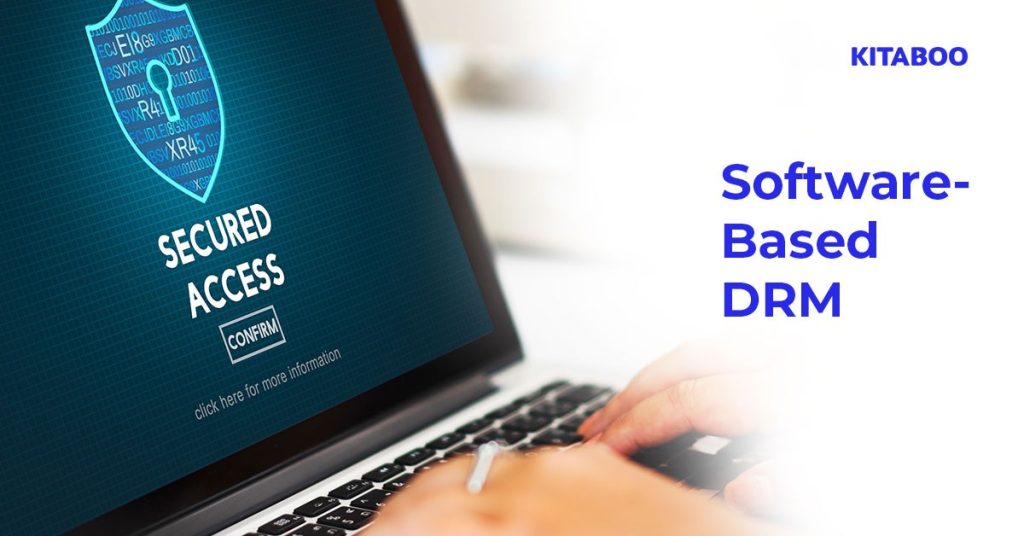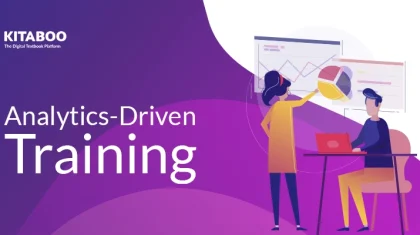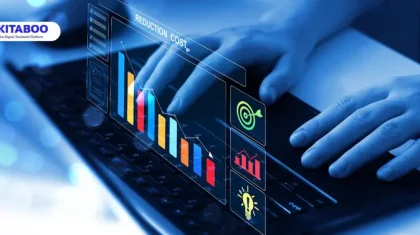
Unlocking the Secrets of Software-Based DRM: A Guide for K12 Publishers
Summarize this blog with your favorite AI:
Digital Rights Management (DRM) is not as complicated as it first appears. However, there are very few resources available online that answer questions about DRM from the lens of the K12 publisher. This guide attempts to do just that. Delve into the fascinating world of Digital Rights Management (DRM) and explore how it is implemented in the educational content you create. As a publisher, this article is packed with valuable insights and knowledge to satisfy every query you may have had about software-based DRM. Let’s dive in!
Table of Contents
What is Software-Based DRM?
We’ll begin with the basics. Digital Rights Management, commonly known as DRM, refers to the technological measures employed to protect digital content from unauthorized use, distribution, and modification. It’s like a fortress safeguarding valuable digital assets, ensuring they are accessed and utilized within legal boundaries.
Software-based DRM, as the name suggests, utilizes software solutions to enforce and manage the rights of your digital content. It is designed to control and monitor how digital content is accessed, used, and distributed. From preventing illegal copying and piracy to managing licensing and access permissions, software-based DRM plays a crucial role in maintaining the integrity and value of online educational content.
The Evolution of Software-Based DRM
DRM has come a long way since its inception. It has evolved in response to the ever-changing landscape of digital content consumption and the persistent challenges posed by copyright infringement. Software-based DRM has emerged as a flexible and scalable solution, capable of adapting to different platforms, devices, and content types.
Gone are the days of clunky hardware-based DRM solutions that relied on physical tokens or specialized hardware components. Software-based DRM has stepped in to provide a more convenient and seamless experience for both K12 publishers and end-users. With advancements in encryption algorithms, secure key management, and robust licensing systems, software-based DRM has become the go-to choice for protecting digital content.
How Does Software-Based DRM Work?
Now that we have a grasp of what software-based DRM is, let’s explore how it works its magic. At its core, software-based DRM relies on a combination of encryption, licensing, and authentication mechanisms to secure digital content. Let’s break it down step by step:
- Encryption: Encryption is the backbone of software-based DRM. It involves encoding the digital content in a way that makes it unreadable and inaccessible without the appropriate decryption keys. Think of it as converting your secret message into an undecipherable jumble of characters. Encryption ensures that even if the content falls into the wrong hands, it remains indecipherable. This allows publishers to share their content securely with only their licensed users.
- Licensing: Speaking of which, licensing is the mechanism that governs how digital content is accessed and used. It allows publishers to define specific rules and permissions, such as the number of devices on which the content can be accessed or the duration of access. Licensing also enables the enforcement of subscription models, pay-per-view schemes, and other monetization strategies.
- Authentication: Authentication involves verifying the identity and credentials of the user requesting access and granting or denying permission accordingly. This ensures that only authorized users access the encrypted content. Authentication mechanisms can range from simple username/password combinations to more sophisticated methods like IP authentication protocols and geo blocking.
The Benefits of Software-Based DRM
Software-based DRM offers a myriad of benefits for educational content creators, distributors, and consumers alike. Let’s take a closer look at some of the key advantages:
- Protection Against Piracy: With the rise of digital piracy, content creators face significant challenges in safeguarding their intellectual property. According to a 2017 survey, $315 million in book sales were lost due to eBook piracy. This affects the K12 segment as well.Software-based DRM provides robust protection against unauthorized copying, distribution, and modification of digital content. By implementing encryption and licensing mechanisms, it becomes significantly harder for pirates to crack and replicate the protected content.
- Flexible Licensing Models: Software-based DRM empowers publishers to explore various licensing models. Whether it’s selling individual copies, offering subscriptions, or implementing time-limited access, DRM allows for versatile monetization strategies. This flexibility benefits publishers by enabling them to tailor their offerings to different market segments. It also benefits K12 institutions who can choose from a variety of licensing models based on their needs.
- Better User Experience: Numerous articles online will tell you that DRM hampers the user experience.In reality though, this is a misconception. Well-implemented software-based DRM can actually enhance the user experience. By enabling seamless access across multiple devices, ensuring content availability offline, and enabling quick and secure transactions, DRM can create a frictionless experience for K12 students.
- Data and Analytics: Software-based DRM often incorporates analytics capabilities that provide valuable insights into consumer behavior and preferences. By collecting anonymized usage data, K12 publishers and educators can make data-driven decisions to optimize their offerings, improve content quality, and personalize student experiences.
Challenges and Limitations of Software-Based DRM
While software-based DRM offers numerous advantages, it’s not without its challenges and limitations. Here are some key considerations to keep in mind:
- Compatibility: Ensuring DRM compatibility across different platforms, devices, and operating systems can be a complex task. Publishers and their software developers need to account for variations in hardware capabilities, software versions, and DRM standards. Striking the right balance between security and compatibility is crucial to providing a seamless learning experience for students.
- Usability: Implementing stringent DRM measures to protect digital content can sometimes lead to a compromised user experience. Overly restrictive DRM can frustrate legitimate users, leading to a negative perception of the content or even a potential loss of customers. Publishers will constantly have to maintain and check the balance between content protection and usability.
- Potential for Circumvention: Despite the best efforts of DRM solution providers, there is always a possibility of DRM systems being circumvented. Determined hackers and pirates continue to find innovative ways to crack DRM protections and illegally distribute content. Constant vigilance, regular updates, and adaptive DRM strategies are necessary to stay one step ahead of potential threats.
Conclusion
With that we hope you’ve unlocked the secrets of software-based DRM and found some clarity. Armed with this knowledge, you can now navigate the ever-changing landscape of digital content protection with confidence.
Remember, software-based DRM is a powerful tool that helps publishers like you protect intellectual property, implement flexible licensing models, enhance learner experiences, and gain valuable insight through data and analytics. While challenges and limitations exist, the ongoing advancements in technology and the collective efforts of the industry continue to strengthen DRM solutions.
DRM works towards creating a digital ecosystem that respects intellectual property rights while delivering immersive and personalized content experiences. To know how you can start using DRM, contact KITABOO for a demo, today!
FAQs
Software-based DRM can be applied to a wide range of digital content, including audio, video, eBooks, software applications, and more. However, the level of protection and the specific implementation may vary depending on the nature of the content and the DRM solution used.
While software-based DRM provides robust protection against piracy, it's important to acknowledge that determined hackers and pirates may find ways to circumvent DRM measures. However, by implementing strong encryption, regularly updating DRM systems, and staying vigilant, content publishers can significantly reduce the risk of unauthorized access and distribution.
Yes, software-based DRM can be implemented in open-source software. However, it's important to strike a balance between protecting digital content and adhering to the principles of open-source software. Open-source DRM solutions that exist provide a framework for protecting intellectual property while respecting the ethos of open-source development.
Well-implemented software-based DRM should have minimal impact on the performance of software applications. However, certain DRM mechanisms, such as constant license verification or complex encryption algorithms, can introduce a slight overhead. It's essential for developers to optimize their DRM implementation to ensure a smooth user experience.
Absolutely! Software-based DRM can be designed to allow offline content access. By granting temporary licenses or enabling content downloads, students can continue learning users can enjoy their favorite content even when they're not connected to the internet.
Discover how a mobile-first training platform can help your organization.
KITABOO is a cloud-based platform to create, deliver & track mobile-first interactive training content.


